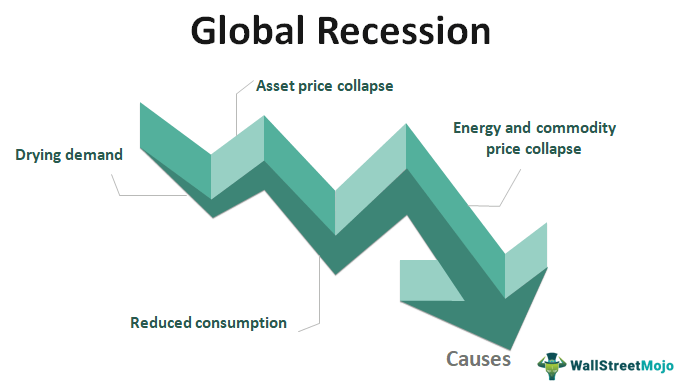According to a British consultancy’s annual World Economic League Table, the global economy reached the $100 trillion mark for the first time in 2022 but will stagnate in 2023 as policymakers continue their fight against rising prices.
According to the Centre for Economics and Business Research, the globe will experience a recession in 2023 as a result of rising borrowing prices intended to combat inflation.
According to the British consultancy’s annual World Economic League Table, the global economy reached the $100 trillion mark for the first time in 2022 but will stagnate in 2023 as policymakers continue their fight against rising prices.

What the future holds
According to Kay Daniel Neufeld, director and head of Forecasting at CEBR, it is likely that the world economy will experience a recession next year as a result of increases in interest rates in reaction to increasing inflation.
The war against inflation still has to be fought, the study continued. Despite the negative economic effects, we anticipate central bankers to remain steadfast in 2023. The price of getting inflation down to more manageable levels is a longer period of weaker economic prospects.
Compared to the most recent International Monetary Fund prediction, the findings are more negative. This organization issued a warning in October, predicting that more than a third of the global economy will decline and that there is a 25% probability that in 2023, global GDP growth will be less than 2%, which it characterizes as a worldwide recession.
In spite of this, when emerging economies catch up to more developed ones by 2037, the global GDP will have doubled. By 2037, the East Asia and Pacific area will produce more than one-third of the world’s production, while Europe’s contribution will fall to less than one-fifth due to the shifting power dynamics.

The shift of power
Six years later than anticipated, China is now not likely to surpass the US as the world’s largest economy until 2036 at the earliest. That is a reflection of China’s policy of zero covid and the escalating trade conflicts with the west, which have hampered economic growth.

The CEBR originally projected the move would occur in 2028, but it was delayed to 2030 in the league table from the previous year. It currently believes that the cross-over point won’t occur until 2036, and it may happen even later if Beijing moves to annex Taiwan and is met with economic penalties in response.
The economic conflict between China and the West would have considerably more negative effects than what we have already seen as a result of Russia’s attack on Ukraine. Almost probably, there would be a pretty severe global recession and a rise in inflation, claimed CEBR.
However, China would suffer much more harm, which might jeopardize efforts to steer the global economy.
Predictions for the future
India’s GDP will grow to $10 trillion in size by 2035 and rank third globally by 2032.

Over the next 15 years, the UK will continue to have the sixth-largest economy in the world and France will have the seventh-largest economy, but Britain is no longer expected to grow more quickly than its European counterparts because of “a lack of growth-oriented policies and the lack of a clear vision of its role outside of the European Union.”
Natural resource-rich emerging economies will see a “substantial boost” as a result of the role that fossil fuels play in the transition to renewable energy.
Stay tuned to Brandsynario for the latest news and updates.












































